Projected platinum supply/demand deficits should provide price support through economic downcycle
10 August 2023
Analysis shows that the platinum price typically trends lower during economic down-cycles in combination with interest rate cuts. However, as the platinum market is forecast to enter a period of sustained deficits due to down-cycle resistant factors, we expect prices to prove more resilient during this cycle, or move higher.
Global inflation peaked during the second half of 2022 and entering the second half of 2023, successive major central bank rate hikes. These appear to be concluding as yield curves suggest that rate cuts and the start of an economic downcycle are expected in 2024. Gold prices historically benefit during periods of decreasing interest rates (Fig. 1, overleaf), whereas platinum prices typically decrease (below left). A pattern is evident in platinum markets as rates decrease. Firstly, annual platinum demand growth decelerates (Fig. 3) which is explained by two thirds of platinum demand relying on industrial and automotive applications. Secondly, slowing demand growth can cause consumption-led surplus market balances (Fig. 4) and declining platinum prices. The trend of slower demand growth, market surplus and declining prices has occurred in three of the four primary rate cutting cycles of the past 35-years. The exception was the early 2000s. This period is unique because, since 1980, it was the only time platinum markets recorded over three consecutive years of consumption-led supply deficits —six consecutive deficits between 1999 and 2005. Since 1999 started “platinum’s super cycle”, this suggests sustained consumption-led deficits influence price setting more than the interest cycle (below right).
As rates decline, Platinum prices skew to the downside
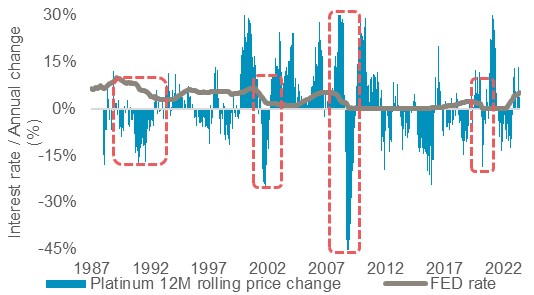
Sustained consumption-led deficits supported price rise
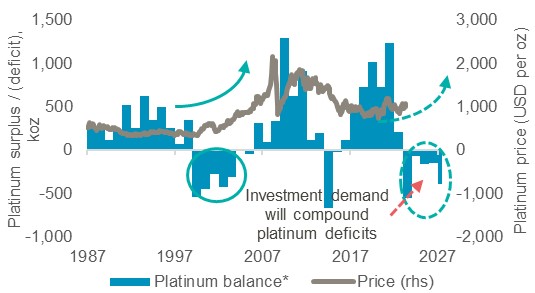
Whilst an interest rate down-cycle is expected to commence in 2024, our latest Platinum Quarterly and two- to five-year outlook project the platinum market to be moving towards a period with striking similarities to the early 2000’s. The platinum market is forecast to move into deficit in 2023f, which will persist through 2027f. This is due to muted platinum supply growth in combination with resiliant demand led by ongoing platinum for palladium autocatalyst substitution and the growth of the hydrogen economy, factors which are expected to be down-turn resistent.
While the scale of future consumption-led deficits are projected to be smaller than the early 2000’s, investment demand will compound platinum supply/demand deficits (Fig. 6). During a down-cycle, declining interest rates narrow the spread between yielding assets and the metal, leading to higher investment demand (Fig. 5). This trend is more prominient with the advent of ETFs from the mid-2000’s. Accordingly, as the platinum market tightens with consecutive deficits, our expectations are that platinum prices will prove resilient to the downside or increase if the cycle is similar to the early 2000’s.
Platinum’s attraction as an investment asset arises from:
- WPIC research indicates the platinum market entering a period of consecutive deficits from 2023.
- Platinum can be considered a proxy for investing in the growing hydrogen economy given its use in electrolysers and fuel cells.
- Platinum supply remains challenged, hampered by electricity shortages in South Africa and sanctions against Russia
- Automotive platinum demand growth should continue due principally to substitution in gasoline vehicles.
- The platinum price remains historically undervalued and significantly below both gold and palladium.
Figure 1: Gold prices tend to respond positively during periods of declining interest rates
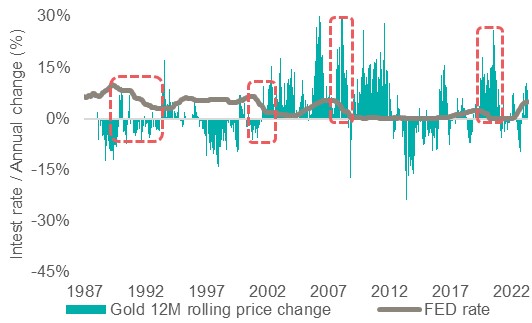
Figure 2: With greater exposure to industrial demand, platinum prices decrease as interest rates are cut during periods of economic slowdown
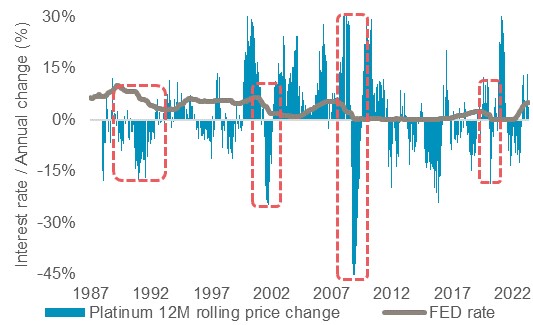
Figure 3: The rate of annual platinum demand growth has always slowed during a rate cutting cycle
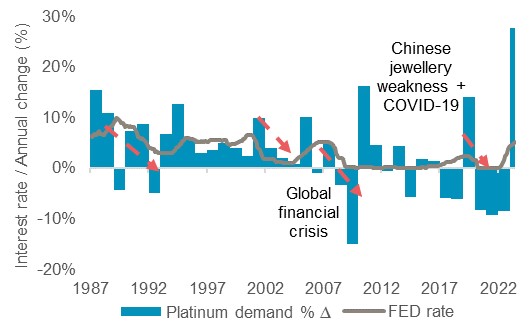
Figure 4: In all but one rate cutting cycle, consumption-led platinum market balances have been in surplus
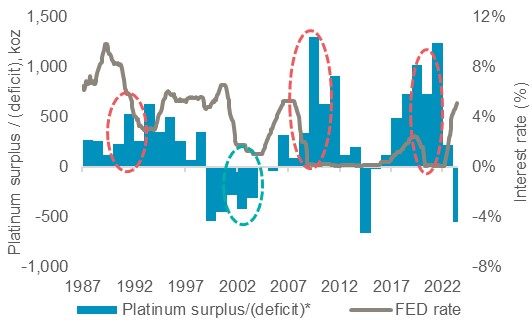
Figure 5: Platinum investment demand increases as interest rates decline
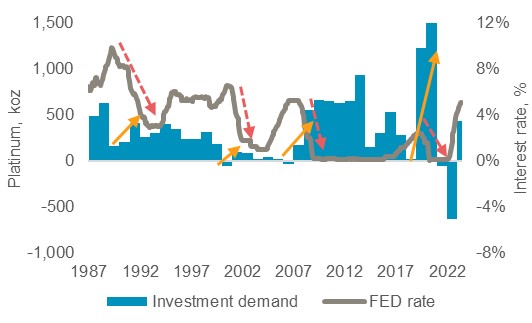
Figure 6: Sustained deficits from 2023f, similar to the early 2000’s enhanced by investment may be a precursor for higher prices
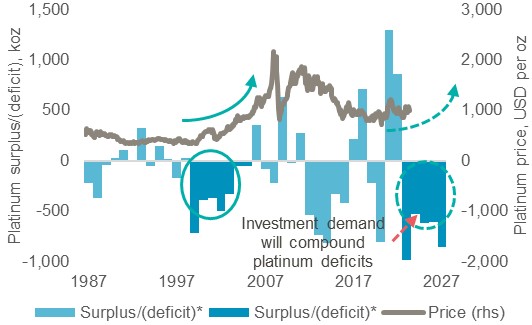
IMPORTANT NOTICE AND DISCLAIMER: This publication is general and solely for educational purposes. The publisher, The World Platinum Investment Council, has been formed by the world’s leading platinum producers to develop the market for platinum investment demand. Its mission is to stimulate investor demand for physical platinum through both actionable insights and targeted development: providing investors with the information to support informed decisions regarding platinum; working with financial institutions and market participants to develop products and channels that investors need.
This publication is not, and should not be construed to be, an offer to sell or a solicitation of an offer to buy any security. With this publication, the publisher does not intend to transmit any order for, arrange for, advise on, act as agent in relation to, or otherwise facilitate any transaction involving securities or commodities regardless of whether such are otherwise referenced in it. This publication is not intended to provide tax, legal, or investment advice and nothing in it should be construed as a recommendation to buy, sell, or hold any investment or security or to engage in any investment strategy or transaction. The publisher is not, and does not purport to be, a broker-dealer, a registered investment advisor, or otherwise registered under the laws of the United States or the United Kingdom, including under the Financial Services and Markets Act 2000 or Senior Managers and Certifications Regime or by the Financial Conduct Authority.
This publication is not, and should not be construed to be, personalized investment advice directed to or appropriate for any particular investor. Any investment should be made only after consulting a professional investment advisor. You are solely responsible for determining whether any investment, investment strategy, security or related transaction is appropriate for you based on your investment objectives, financial circumstances and risk tolerance. You should consult your business, legal, tax or accounting advisors regarding your specific business, legal or tax situation or circumstances.
The information on which this publication is based is believed to be reliable. Nevertheless, the publisher cannot guarantee the accuracy or completeness of the information. This publication contains forward-looking statements, including statements regarding expected continual growth of the industry. The publisher notes that statements contained in the publication that look forward in time, which include everything other than historical information, involve risks and uncertainties that may affect actual results. The logos, services marks and trademarks of the World Platinum Investment Council are owned exclusively by it. All other trademarks used in this publication are the property of their respective trademark holders. The publisher is not affiliated, connected, or associated with, and is not sponsored, approved, or originated by, the trademark holders unless otherwise stated. No claim is made by the publisher to any rights in any third-party trademarks
WPIC Research MiFID II Status
The World Platinum Investment Council -WPIC- has undertaken an internal and external review of its content and services for MiFID II. As a result, WPIC highlights the following to the recipients of its research services, and their Compliance/Legal departments:
WPIC research content falls clearly within the Minor Non-Monetary Benefit Category and can continue to be consumed by all asset managers free of charge. WPIC research can be freely shared across investment organisations.
- WPIC does not conduct any financial instrument execution business. WPIC does not have any market making, sales trading, trading or share dealing activity. (No possible inducement).
- WPIC content is disseminated widely and made available to all interested parties through a range of different channels, therefore qualifying as a “Minor Non-Monetary Benefit” under MiFID II (ESMA/FCA/AMF). WPIC research is made freely available through the WPIC website. WPIC does not have any permissioning requirements on research aggregation platforms.
- WPIC does not, and will not seek, any payment from consumers of our research services. WPIC makes it clear to institutional investors that it does not seek payment from them for our freely available content.
More detailed information is available on the WPIC website:
https://www.platinuminvestment.com/investment-research/mifid-ii
Contacts:
Edward Sterck, Research, [email protected]
Wade Napier, Research, [email protected]
Kaitlin Fitzpatrick-Spacey, Research, [email protected]
Brendan Clifford, Head of Institutional Distribution, [email protected]
WPIC does not provide investment advice.
Please see disclaimer for more information.
